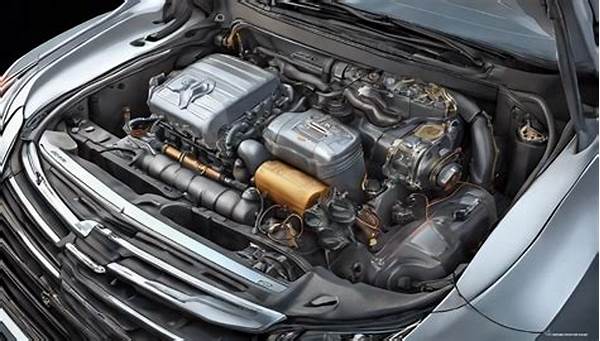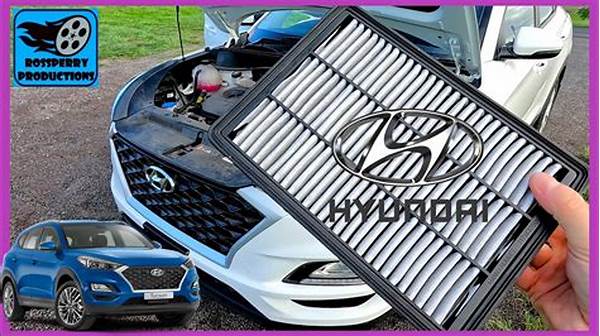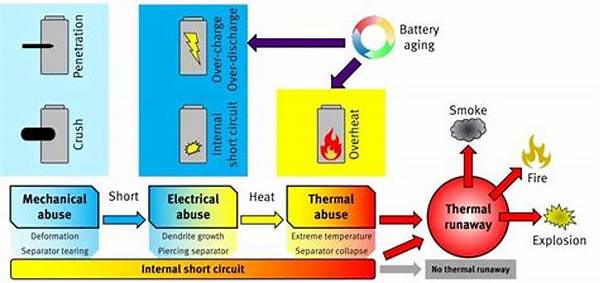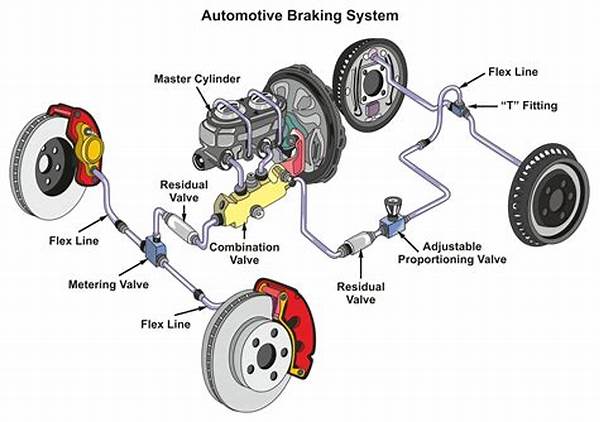Engine Configuration Troubleshooting Advice
In the realm of mechanical engineering, addressing issues related to engine configurations demands a methodical approach grounded in understanding and expertise. This article delves into the intricacies of engine configuration troubleshooting advice, providing insights to ensure systematic and efficient problem resolution. Our objective is to offer comprehensive guidance for both seasoned professionals and those newly acquainted with the field, empowering them to tackle challenges with precision and confidence.
Read Now : Slope Reinforcement Materials Guide
Understanding Engine Configuration Troubleshooting
Alright, let’s dive into this engine configuration troubleshooting advice straight away! Imagine your engine’s acting up like a rebellious teenager, throwing tantrums and just not cooperating. That’s where you need to roll up those sleeves and get down to business. First off, identify the symptoms—yeah, you gotta listen carefully to those rattles, pings, or any weird sounds it’s throwing at you. Next, check on all those connections, because, honestly, loose ends spell trouble. A pro tip here is to systematically go through the wiring and components, looking for anything that screams “fix me!” Trust me, a solid grasp on engine configuration troubleshooting advice can save your hide when the engine decides to throw a fuss. And remember, patience is key; rushing is just gonna make it worse!
Common Mistakes in Troubleshooting
When you’re knee-deep in engine issues, don’t jump straight to conclusions—only amateurs do that, and we’re here to get you set straight on engine configuration troubleshooting advice. Start by isolating the problem, like separating the wheat from the chaff, you know? Can’t stress enough how often folks mess up ’cause they’re too quick to assume. It’s crucial to double-check diagnostics, keep a cool head, and avoid falling for the wrong fixes. Another pitfall? Ignoring the sneaky, underlying issues—the little things can cause big headaches later! So, take your time and methodically uncover the gremlins trying to sabotage your engine’s mojo. Trust me, it’s all in the details.
Streamlining Your Engine Troubleshooting
Okay, so let’s make this whole engine configuration troubleshooting advice thing crystal clear, alright? Picture this: you’re cruising down the highway, and suddenly, your ride’s engine starts throwing a fit. It’s a bummer, but grounds for flexing those mechanical muscles. First step? Chill out and don’t panic. You’ve gotta have a plan. Start with the basics—fuel, oil, and coolant levels. They’re like the holy trinity of engine mojo, and if any of these are outta whack, you’re in for a bumpy ride. Next, dive into the nitty-gritty. Wiring looking like a spaghetti monster’s dream isn’t gonna do you any favors, so make sure everything’s snug and tight. And hey, listen up—if sound is the universal language, your engine is probably screaming for help through knocks and pings. Don’t ignore those cries for help; they’re gold when it comes to engine configuration troubleshooting advice.
Pro Tips for Smooth Troubleshooting
Don’t Ignore Those Codes
Engine codes? Yeah, those little guys are like breadcrumbs leading you straight to the problem. Make sure you snag an OBD-II scanner and read ‘em. Those codes are practically shouting the engine configuration troubleshooting advice you need.
Keep It Simple, Smarty Pants
You might feel inclined to do a deep dive right away, but sometimes, the simplest explanation is the right one. Double-check the basics before tearing the whole engine apart. Engine configuration troubleshooting advice doesn’t always mean playing detective.
Watch Those Connections
Loose wires and connections can be the culprits messing with your engine’s zen. Make sure everything is nice and snug. Seriously, a loose wire can make you run in circles if you skip it. Engine configuration troubleshooting advice often starts with the simple stuff.
Filter Out the Noise
Your engine configuration troubleshooting advice is useless if you’ve got a faulty filter! Keeping those air and oil filters clean ensures you’re not clogging up the system with gunk, letting your engine breathe easy.
Don’t Forget to Reset
Once you’ve tinkered around with your engine, don’t forget to reset things. Sometimes the engine just needs a reboot to get back on track. After all, engine configuration troubleshooting advice is about responding to the reset button as well.
Read Now : Range Extension For Electric Vehicles
—
Mastering the Art of Engine Troubleshooting
Yo, if you’re still here, you’re clearly serious about mastering engine configuration troubleshooting advice—you’ve come to the right place. Let’s break it down real quick. Practically speaking, before you even start, you gotta be equipped, both mentally and physically. So, grab those tools, prep your space, and get into that zen troubleshooting mode. When the engine’s acting up, patience, young grasshopper, patience. Troubleshooting is an art. Listen to the story it’s trying to tell you through its clicks, clacks, and rumblings. What’s its deal? Bad spark plugs maybe, or could it be something messing with the airflow? Get curious, ask the right questions, and take calculated actions. An engine whisperer’s work is never done until that baby purrs like a satisfied cat, and that’s the whole aim of engine configuration troubleshooting advice, right?
Avoiding Engine Failures
Alright, so avoiding catastrophes is the name of the game here, and engine configuration troubleshooting advice is your superpower. Let your engine be the star of the road show, not the breakdown star on the roadside. Regular maintenance—yeah, it sounds basic, but it’s the holy grail of keeping your engine smooth. Don’t shy from getting those checkups; oil changes and spark plug swaps might sound boring, but they’re lifesavers on the long run. Embark on the maintenance train and avoid those grisly, wallet-draining repairs. Be proactive, not reactive. After all, a stitch in time saves nine, and trust me, engine configuration troubleshooting advice is your ticket to being a rockstar mechanic, not a roadside disaster.
Wrapping Your Brain Around Troubleshooting
Final Tips for Engine Success
Dude, let’s wrap up this engine configuration troubleshooting advice saga with some quickfire hacks. Got an engine that won’t start? Check your battery first. It’s the boss of all things electric, and no start means no go. Next, make sure you aren’t running on empty—fuel, air, oil—you need these triplets in harmony for a smooth ride. And if the dashboard beeps and flashes, don’t ignore it; it’s your engine’s way of texting you for help. No cat memes, though, sadly. Scour the engine for leaks; they’re the sneaky thieves of engine performance. And if anything smells like burning, get that sorted before you’re left with a smudge rather than an engine! With the right engine configuration troubleshooting advice, you’ll keep your ride rolling without a hitch, making sure the only thing you’re stranded without is cell phone service in the boonies—and who really needs that, right?
Keeping the Wheels Turning
Last but not least, rock that engine configuration troubleshooting advice knowledge like a boss! Be methodical, curious, and never underestimate the power of the basics. Engine troubles? Uh-huh, not on your watch. You’ve got this, champ! Embrace the grind of maintenance, wear those grease stains like a badge of honour, and soon you’ll be the go-to guru in your circle for fixing engines. It might be a tough road, but with patience and smarts, you’re geared for engine greatness!



